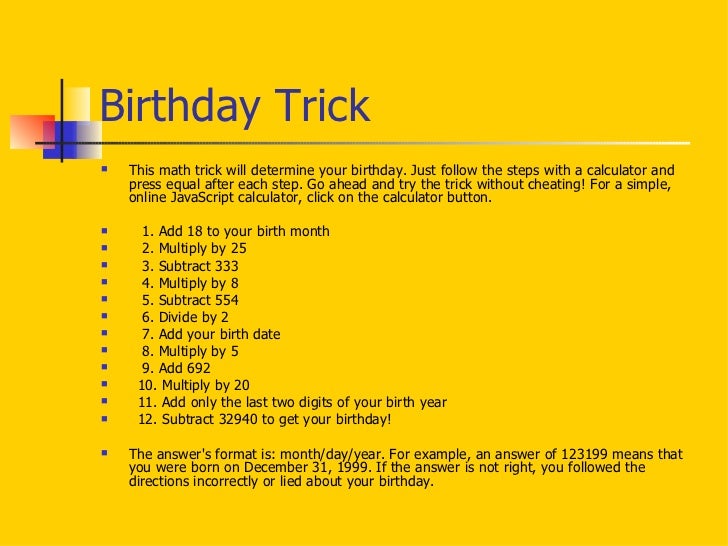Mathematics is a methodical application of matter. It is so said because the subject makes a man methodical or systematic. Mathematics makes our life orderly and prevents chaos. Certain qualities that are nurtured by mathematics are power of reasoning, creativity, abstract or spatial thinking, critical thinking, problem-solving ability and even effective communication skills.
Mathematics is the cradle of all creations, without which the world cannot move an inch. Be it a cook or a farmer, a carpenter or a mechanic, a shopkeeper or a doctor, an engineer or a scientist, a musician or a magician, everyone needs mathematics in their day-to-day life. Even insects use mathematics in their everyday life for existence.
Snails make their shells, spiders design their webs, and bees build hexagonal combs. There are countless examples of mathematical patterns in nature's fabric. Anyone can be a mathematician if one is given proper guidance and training in the formative period of one's life. A good curriculum of mathematics is helpful in effective teaching and learning of the subject.
Experience says learning mathematics can be made easier and enjoyable if our curriculum includes mathematical activities and games. Maths puzzles and riddles encourage and attract an alert and open-minded attitude among youngsters and help them develop clarity in their thinking. Emphasis should be laid on development of clear concept in mathematics in a child, right from the primary classes.
If a teacher fails here, then the child will develop a phobia for the subject as he moves on to the higher classes. For explaining a topic in mathematics, a teacher should take help of pictures, sketches, diagrams and models as far as possible. As it is believed that the process of learning is complete if our sense of hearing is accompanied by our sense of sight. Open-ended questions should be given to the child to answer and he/she should be encouraged to think about the solutions in all possible manners. The child should be appreciated for every correct attempt. And the mistakes must be immediately corrected without any criticism.
The greatest hurdle in the process of learning mathematics is lack of practice. Students should daily work out at least 10 problems from different areas in order to master the concept and develop speed and accuracy in solving a problem. Learning of multiplication-tables should be encouraged in the lower classes.
Another very effective means of spreading the knowledge of mathematics among children is through peer-teaching. Once a child has learned a concept from his teacher, the latter should ask him to explain the same to fellow students. Moreover, in the process all the children will be able to express their doubts on the topic and clear them through discussions in a group.
The present age is one of skill-development and innovations. The more mathematical we are in our approach, the more successful we will be. Mathematics offers rationality to our thoughts. It is a tool in our hands to make our life simpler and easier. Let us realize and appreciate the beauty of the subject and embrace it with all our heart. It is a talent which should be compulsorily honed by all in every walk of life.





